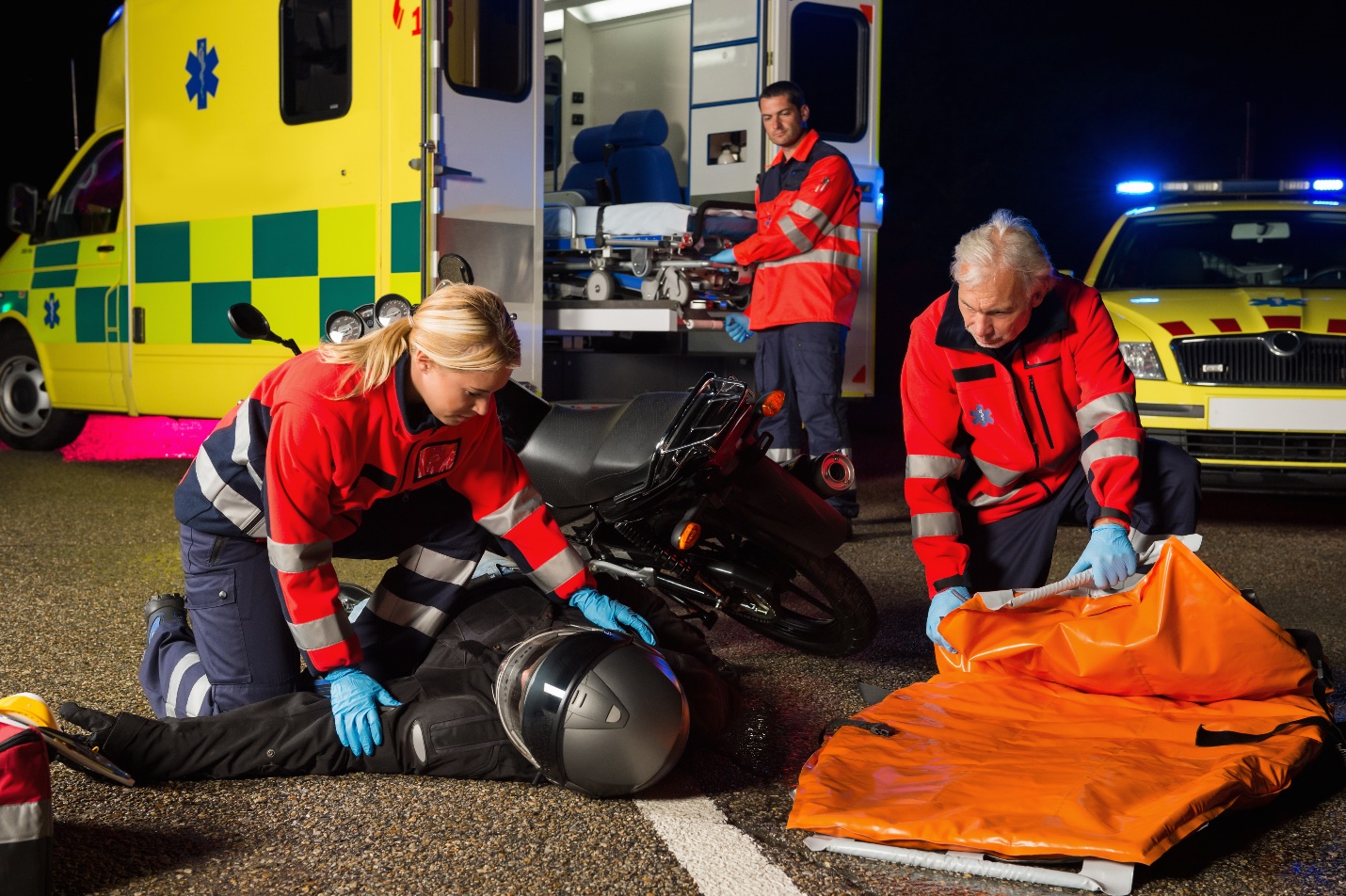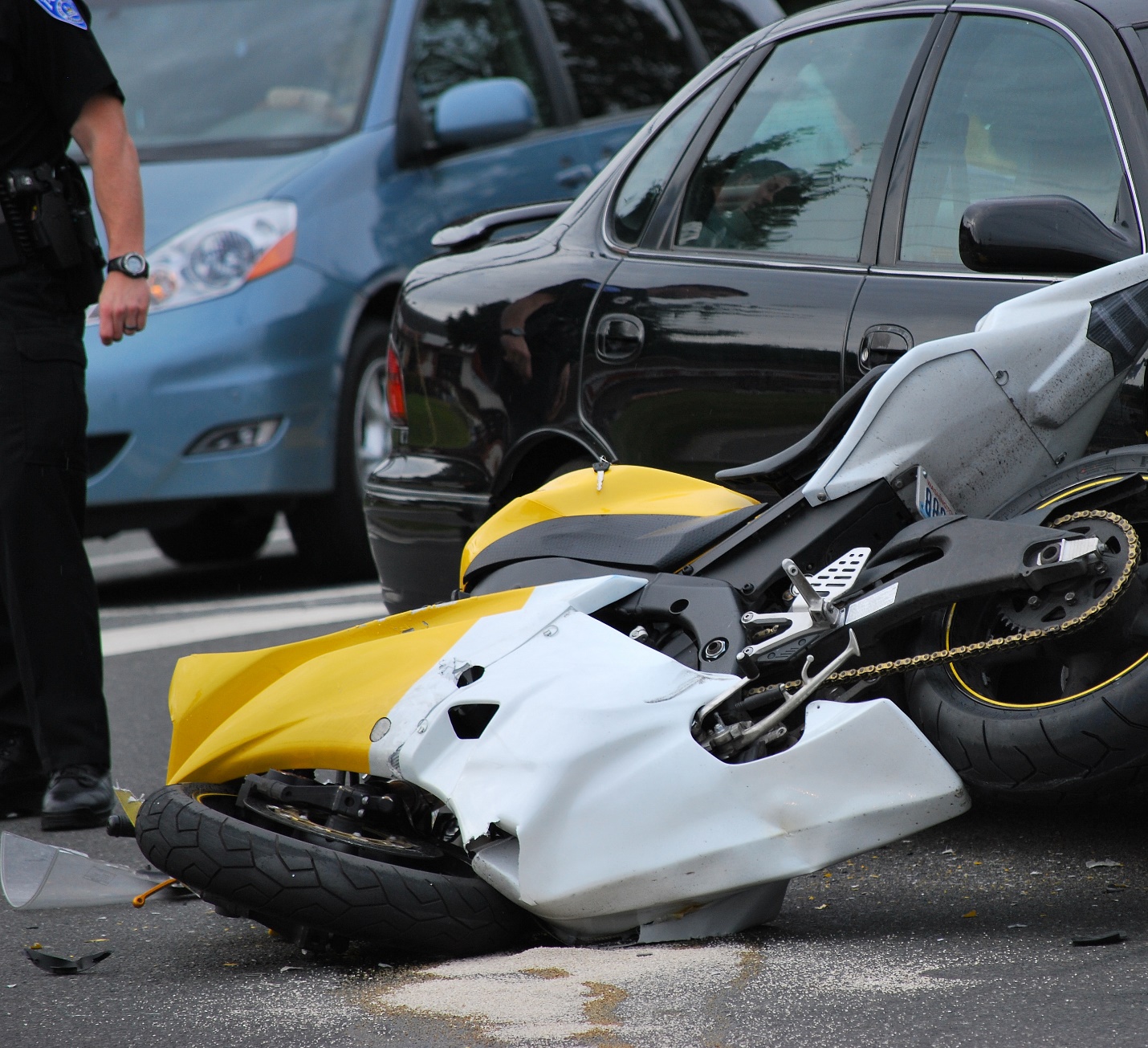Splitting lanes or lane splitting with motorcycles is a concept that can be beneficial. However, at the same time, there are serious, dangerous risks of increased motorcycle accidents. Lane splitting requires other motorists to share the space in the lane with motorcyclists.
As you can imagine, this can be problematic for everyone on the road. For instance, you are sitting in bumper-to-bumper traffic on your way to work, pick up your coffee to take a drink and a loud motorcycle flies by the side of your car. Aside from being startled and spilling hot coffee all over yourself, this practice could easily cause someone with a heart condition to have a heart attack.
Currently, the only state that has legalized motorcycle lane splitting is California. Here in Texas, the practice is illegal, even though many motorcyclists will engage in this type of driving behavior.
Why Do Bikers Split Lanes?
For motorcyclists, the reason they are in favor of lane splitting is not just to allow them to move through traffic faster. Rather, they view the practice as a means to help increase awareness of motorcyclists on the road and even promote better safety.
Many bikers are also in favor of splitting lanes because they feel it will reduce the risks of getting rear-ended in heavy traffic from distracted drivers. To support their view, a study was conducted by the University of California back in 2015.
At this time, lane splitting was not illegal and was widely allowed, even though there was no “official” law regarding it in California. The study found that lane splitting could be safe, so long as the motorcyclist was not exceeding speeds of 50 mph and not passing vehicles by more than 15 mph.
In addition, in cases of accidents, lane splitters were less likely to suffer major and fatal injuries compared to non-lane splitting bikers. Furthermore, bikers who practiced lane splitting were more likely to wear better safety gear and use helmets.1
Why Is Lane Splitting So Controversial?
For people who drive cars, trucks, and SUVs, as well as large commercial trucks, the practice of lane splitting is viewed as very dangerous and risky. What if a car or large semi-truck changes lanes and does not see a motorcyclist flying up the side in their blind spot? The motorcyclist will get hit and injured.
Going back to the 2015 University of California study, 69 percent of bikers splitting lanes were exceeding speed limits by as much as 15 mph.1 When bikers do not follow speed limits and lane split, the risks of accidents and injuries increase.
Even long before the study was conducted, splitting lanes has been a hot topic among motorcyclists and motorists. Motorcyclists feel it would help free up congestion during peak traffic periods, like morning and evening rush hours. Motorists feel allowing motorcyclists to whip between the lanes and vehicles would result in them feeling like they had the right of way and that they could drive at much higher speeds than necessary.
While many bikers say they would obey speed limits, special rules, and any other requirements imposed to make lane splitting legal, there are still other bikers who would ignore these entirely. If you have ever been stuck in stopped traffic on the freeway and seen bikers zip in and out of open spaces or down the shoulder, then you have to question how responsible they would be to follow lane splitting rules.
Why Is It Only Legal in the State of California?
Since splitting lanes was made legal in California in 2016, many other states have introduced bills to legalize it in their states. However, AAA and other agencies have actively worked hard to oppose the passing of splitting lane laws. In fact, the agency was responsible for defeating bills in Texas, Georgia, and Hawaii.2
According to AAA, the reason they highly oppose lane splitting is because motorists do not expect to be passed by a motorcycle traveling in between the lanes.2 If drivers are startled, they could easily make operational errors, like slamming on their brakes, pushing down on the accelerator, or turning their steering wheels quickly as a “knee-jerk” reaction. All of these things would result in increased motorcycle accidents.
One important part of the University of California’s study of lane splitting which many people are surprised to discover is that, between June 2012 and August 2013, 17 percent of motorcycle accidents in California were the result of splitting lanes.1 As you can see, just because motorcyclists are for it, this does not eliminate the risks of accidents and injuries.
Risks of Lane Splitting and Inclement Weather
Another area of controversy is the increased risks associated with inclement weather. Granted, California has pretty moderate weather compared to mid-western or even northern states where it can snow and rain can freeze. However, heavy rain showers and thunderstorms can result in more accidents from lane splitting.
If rain is coming down so hard that you can barely see in front of you, how would you react to a biker that suddenly appears next to your car? It would scare you because you would not expect it. How you react could result in causing an accident.
If Lane Splitting Is Dangerous Why Do Asian and European Countries Allow It?
One subject that many bikers use to justify lane splitting and legalizing it here in the United States is that it is allowed in many Asian and European countries, especially in highly populated cities. Yet, unlike here in the United States, where motorcycles are loud and can be distracting, many of the bikes in these countries are much smaller and quieter.
For instance, in India, bikers use mopeds, Vespas, and other “scooter” type motorcycles to get around. Since they do not give off a loud “roar” as they drive by other motorists, drivers there are not easily startled.
In addition, in these countries, the practice of lane splitting has been allowed for many years. Drivers, whether they drive a car or a bike, have received training and education that make lane splitting second nature for them. Since it has been a regular practice, motorists drive differently than in the United States and are more aware of bikers.
Furthermore, motorcyclists in European and Asian countries tend to obey and follow traffic laws better, like adhering to speed limits for lane splitting. In some places, bikers cannot exceed the speed limit of traffic. For example, if other vehicles are only moving 5 mph, then bikers also have to maintain this speed.
Alternatives to Lane Splitting
In larger cities with heavy traffic problems, lawmakers are looking at several alternatives to motorcycle lane splitting. For instance, one option is to add motorcycle-only lanes to the far left side of major highways and freeways. This way, people on motorcycles will have their own commuter lanes and not have to lane split.
Another option is allowing motorcyclists to use “carpool” or “express” lanes that normally have specific requirements or tolls for other motorists. While they would have to follow along with other traffic, bikers would essentially have a dedicated lane that would keep them out of the main traffic flow.
For downtown areas, special biker lanes are being considered with set speed limits. This way, motorcyclists could not race through downtown areas but, rather, be held to 25-mph speeds like other motorists.
Some states are even considering allowing cyclists to ride side-by-side and share the entire width of the lane. This practice could make seeing and spotting motorcyclists easier. Plus, it would keep vehicles from attempting to crowd the bikers.
Whether you are for or against motorcycle lane splitting, the important thing to remember it is illegal here in Texas. If you are a biker and cause an accident because you were splitting lanes, you could face serious consequences. Even if you do not directly cause the accident—like another driver rear-ends the car in front of them because you startled them when you rode by— you could still be held partially at fault.
If you have sustained personal injuries as a result of an accident that was caused by another, you could be entitled to monetary damages from the other party and their insurance company. To find out more about your legal rights and options of filing a personal injury accident claim, please feel free to contact Schechter, McElwee, Shaffer, & Harris, L.L.P. at 713.574.5089 to speak with one of our Houston TX auto and motorcycle accident injury lawyers today!
Sources:

 Over 300 Google 5 Star Reviews
Over 300 Google 5 Star Reviews









Leave a Reply